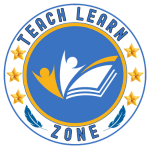Step into the world of effective lesson planning, where education becomes a canvas for creativity and engagement. In this comprehensive guide, we will delve deep into strategies that go beyond traditional lesson plans, infusing them with life, excitement, and a touch of artistry. By the end of this journey, you’ll be equipped with a palette of techniques to create lessons that not only educate but also captivate.
The Foundation of Effective Lesson Planning:
Lesson planning isn’t just about following a template; it’s about creating an experience that leaves a lasting impact. Let’s explore the foundational strategies that transform your lesson plans into pieces of art that inspire and engage.
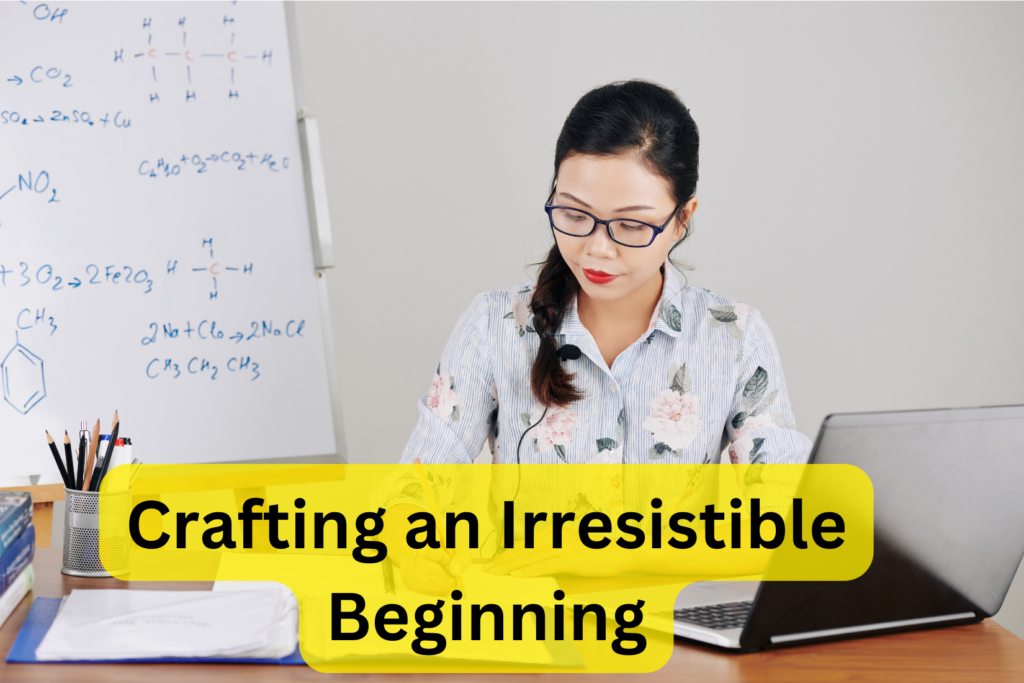
1. Crafting an Irresistible Beginning for lesson planning :
Imagine yourself as a storyteller, ready to open the pages of a captivating narrative. In the realm of lesson planning, the beginning is your chance to draw your students in, to spark their curiosity, and to set the stage for a memorable learning experience.
Think of this initial moment as a theatrical overture – a musical prelude that grabs the audience’s attention and hints at the grandeur to come. Your opening should be a hook that makes your students lean forward, eager to discover what lies ahead.
“Navigating Inspiration, Guiding Excellence: Elevate Education with the Teacher’s Planner.”

2. Mastering Learning Objectives:
Effective lessons have a clear purpose. Define your learning objectives with precision, outlining what you intend your students to achieve. These objectives guide your teaching and give your students a sense of direction throughout the lesson.
Just as a skilled artist envisions the final masterpiece, a well-crafted lesson begins with clear learning objectives. These objectives act as guiding stars, directing both you and your students toward a shared destination. They define the purpose of the lesson and set the stage for engaged exploration.
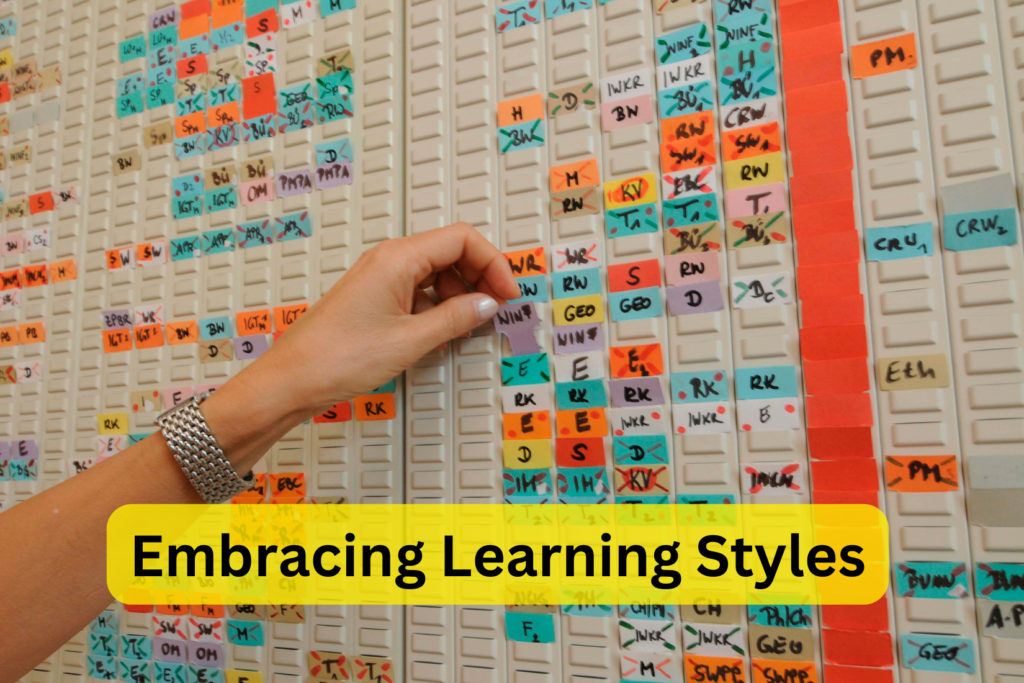
3. Embracing Learning Styles lesson planning :
Every student learns differently. Blend various teaching methods to accommodate different learning styles – visual aids for visual learners, interactive discussions for auditory learners, and hands-on activities for kinesthetic learners.
Creating Engaging Lesson Plans with Bloom’s Taxonomy: A Step-by-Step Approach

4. Sparking Interactive Discussions:
Transform your classroom into a dialogue-driven space. Encourage open discussions that allow students to share their thoughts, learn from their peers, and develop critical thinking skills. Active participation turns learning into a collaborative journey.
“Empowering Minds, One Tool at a Time: Unleash Learning Potential with Quality School Supplies.”

5. Bridging the Gap with Real-Life Relevance:
Bring your subject to life by connecting it to real-world contexts. Show students how the lesson content applies to their lives, creating an intrinsic motivation to learn and demonstrating the practical value of what they’re studying.
Imagine lessons that aren’t confined to classroom walls but resonate in the real world. By infusing your teaching with practical connections, you’re illuminating the relevance of each concept. Students discover the “why” behind the “what,” sparking curiosity and cultivating a thirst for knowledge that extends beyond textbooks.
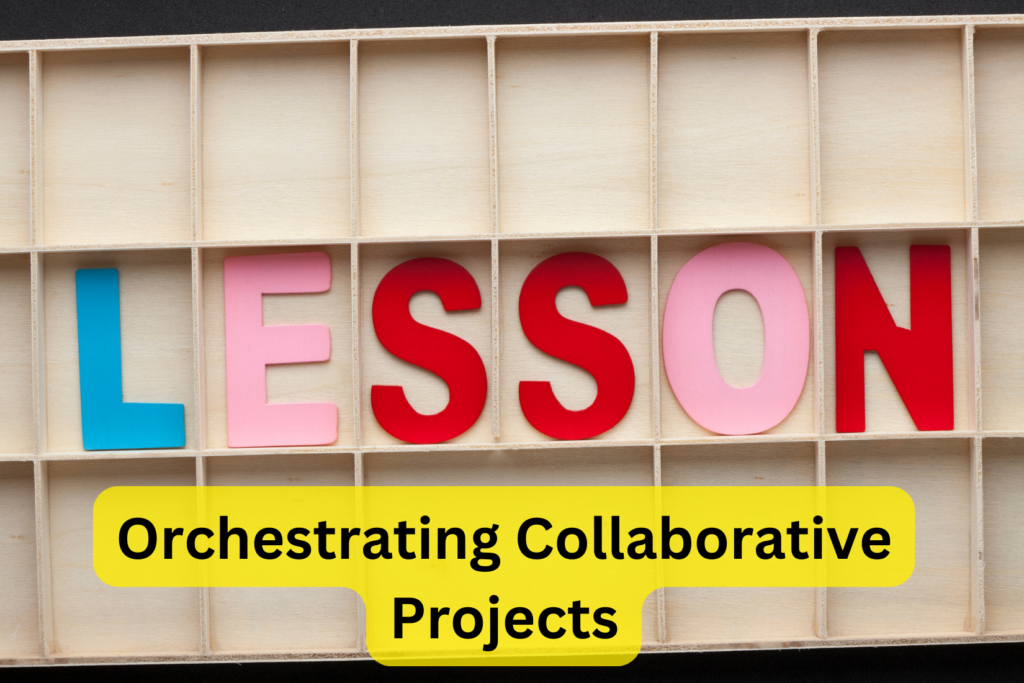
6. Orchestrating Collaborative Projects:
Collaborative projects foster teamwork and problem-solving. Students working together explore complex topics, share ideas, and develop skills that extend beyond the classroom. Group activities infuse a sense of shared accomplishment.
“Equipping Educators, Inspiring Futures: Unleash Possibilities with Classroom Teacher Supplies.”

7. Infusing Technology for Engagement:
Leverage technology to enhance engagement. Interactive quizzes, educational games, and multimedia presentations inject an element of excitement into the learning experience, catering to the tech-savvy generation.

8. Weaving the Thread of Storytelling:
Humans are natural storytellers and listeners. Incorporate narratives to make the content relatable and memorable. Stories create emotional connections, making the learning experience richer and more personal.
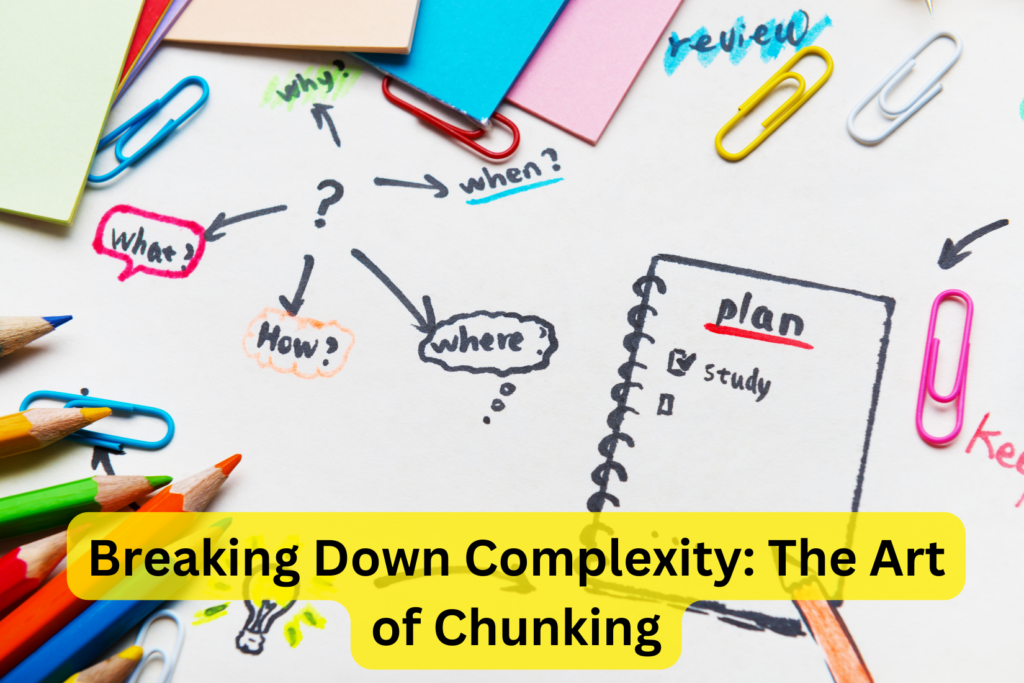
9. Breaking Down Complexity: The Art of Chunking:
Complex ideas can overwhelm learners. Divide them into smaller, digestible segments. By mastering one concept before moving to the next, students build a strong foundation for comprehensive understanding.

10. Cultivating Reflection: A Moment of Insight:
Allocate time for students to reflect on what they’ve learned. Encourage journaling, facilitate discussions, or employ quick quizzes. Reflection cements understanding, allowing students to internalize the material.
The Canvas of Conclusion:
As you embark on your lesson planning journey, remember that you are the artist shaping the educational experience. Effective lesson planning transforms information into inspiration, turning your classroom into a space of exploration and growth. By infusing creativity, interactivity, and practicality, you have the power to ignite a lifelong love for learning in your students. So, embrace the art of lesson planning, and watch your classroom come alive with engaged minds and enriched hearts, one captivating lesson at a time.
Mastering the Art of Active Learning Strategies for Optimal Educational Gains
